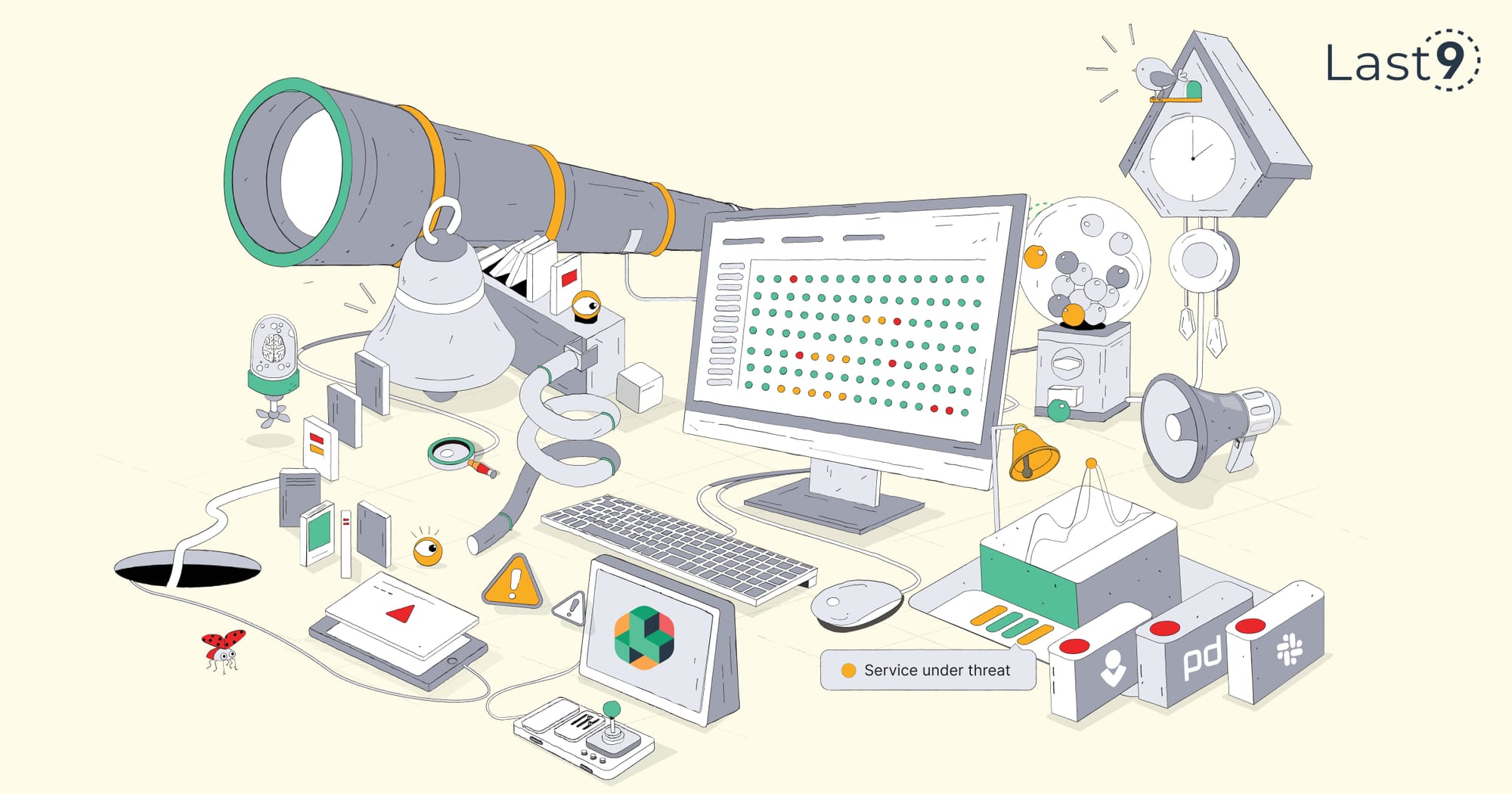
Modern monitoring systems depend heavily on ‘Alerting’ to reduce the Mean Time to Detect (MTTD) faulty systems. But, alerting hasn’t evolved to meet the demands of modern architectures. We’re changing that with Alert Studio.
Aditya Godbole
Apr 24th, ‘24 / 5 min read
 Everything in software monitoring is dead, apparently
Everything in software monitoring is dead, apparentlyChasing shiny new toys, as always ;)
Aniket Rao
Mar 19th, ‘24 | 3 min read
 Software Monitoring — Stuck in the 00s
Software Monitoring — Stuck in the 00sA short history of software monitoring, from the 00s. What has changed? Why are things so arcane?
Piyush Verma
Mar 8th, ‘24 | 4 min read
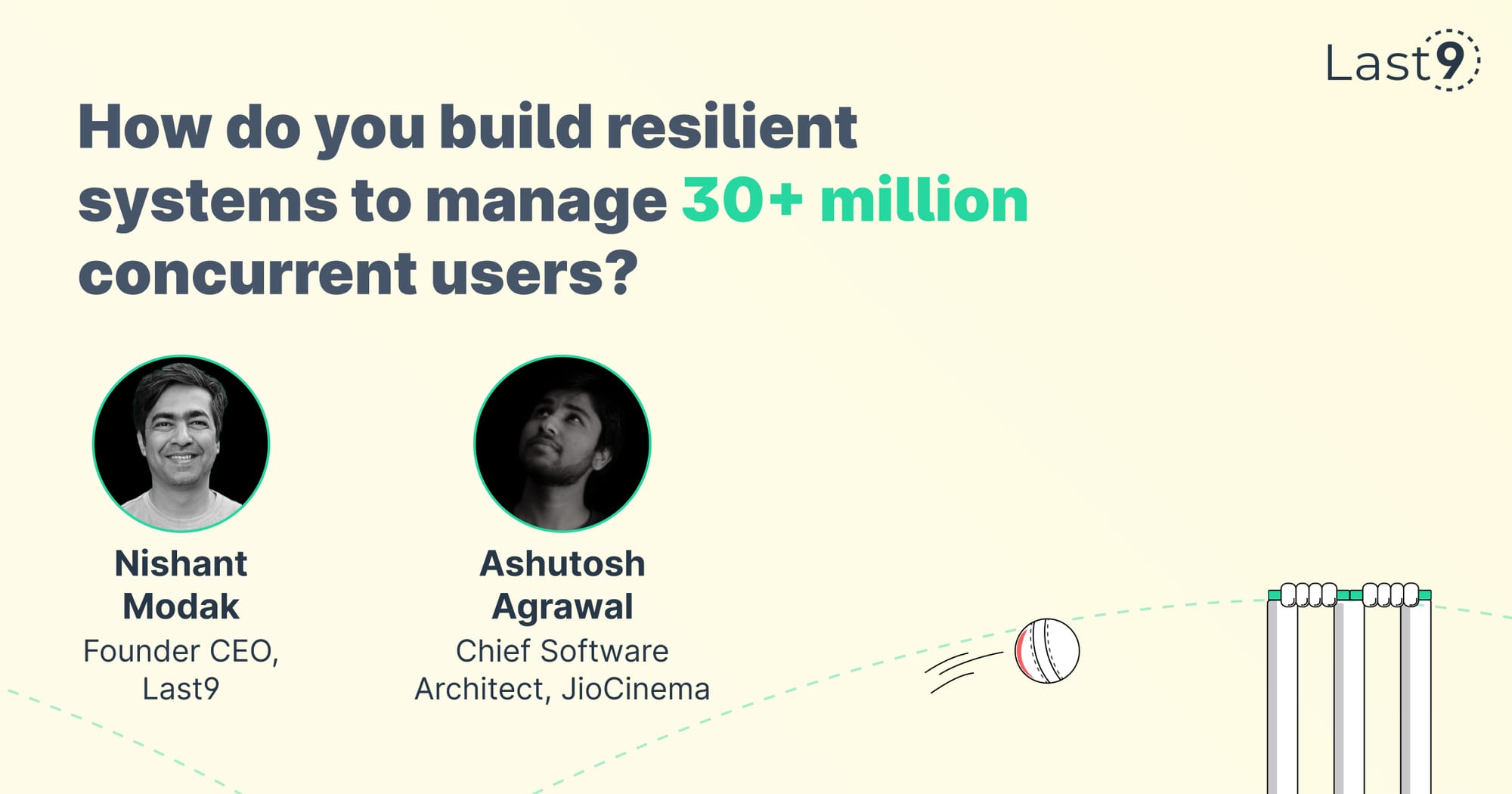 Cricket Scale e01 — Ashutosh Agrawal
Cricket Scale e01 — Ashutosh AgrawalUnpacking "Cricket Scale" with the person behind the scenes at JioCinema
Prathamesh Sonpatki
Mar 5th, ‘24 | 1 min read

Setting up OpenCost with Levitate to monitor the cost of Kubernetes clusters
Aniket Rao
Feb 9th, ‘24 / 3 min read
 SaaS Monitoring with Levitate
SaaS Monitoring with LevitateHow Levitate solves today's challenges of B2B SaaS monitoring, including noisy neighbors by unlocking per-tenant observability
Prathamesh Sonpatki
Nov 21st, ‘23 | 6 min read
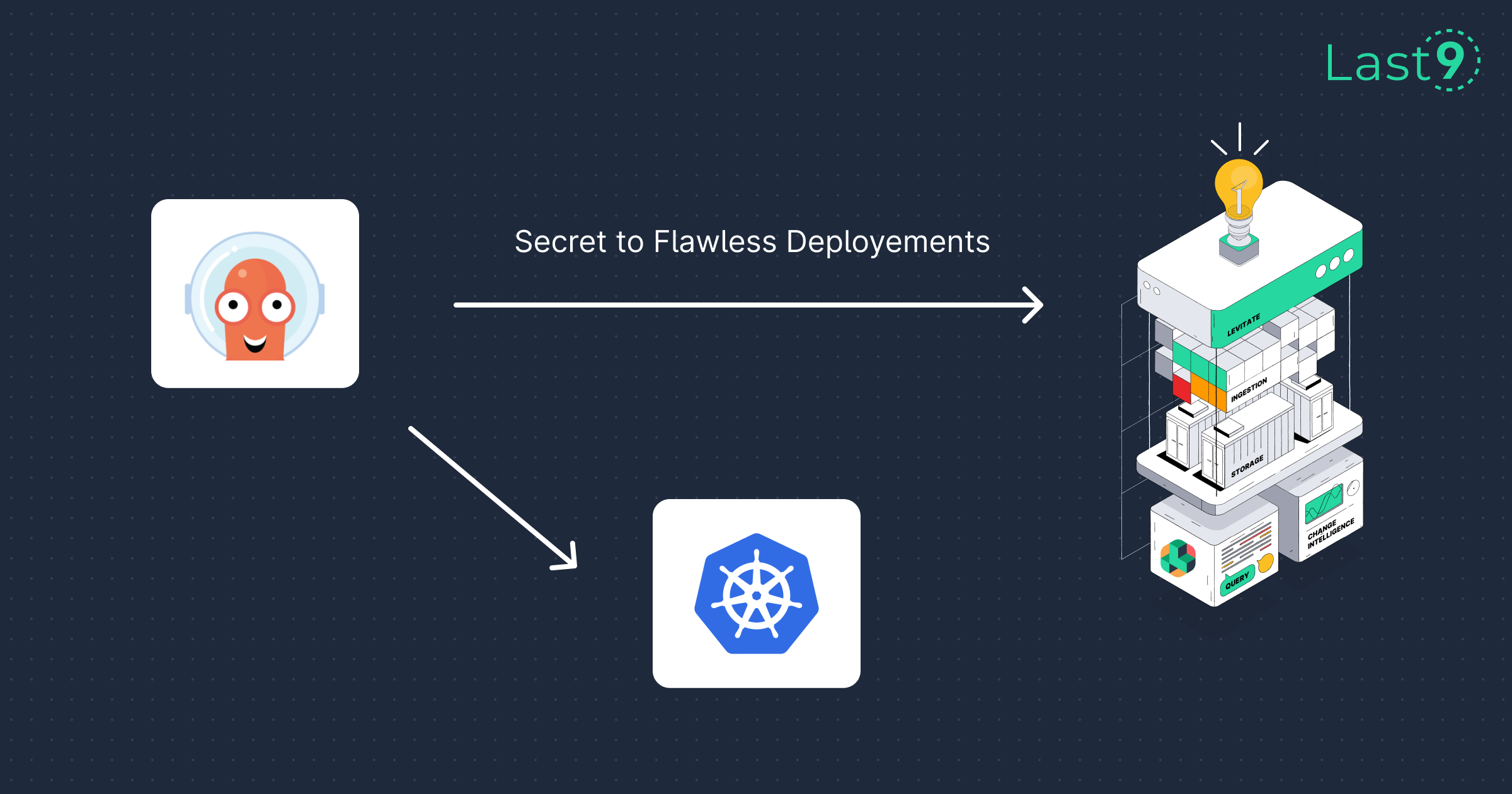 Real-Time Canary Deployment Tracking with Argo CD & Levitate Change Events
Real-Time Canary Deployment Tracking with Argo CD & Levitate Change EventsUse Levitate's powerful change events to track success of canary rollouts via ArgoCD
Preeti Dewani
Nov 2nd, ‘23 | 5 min read
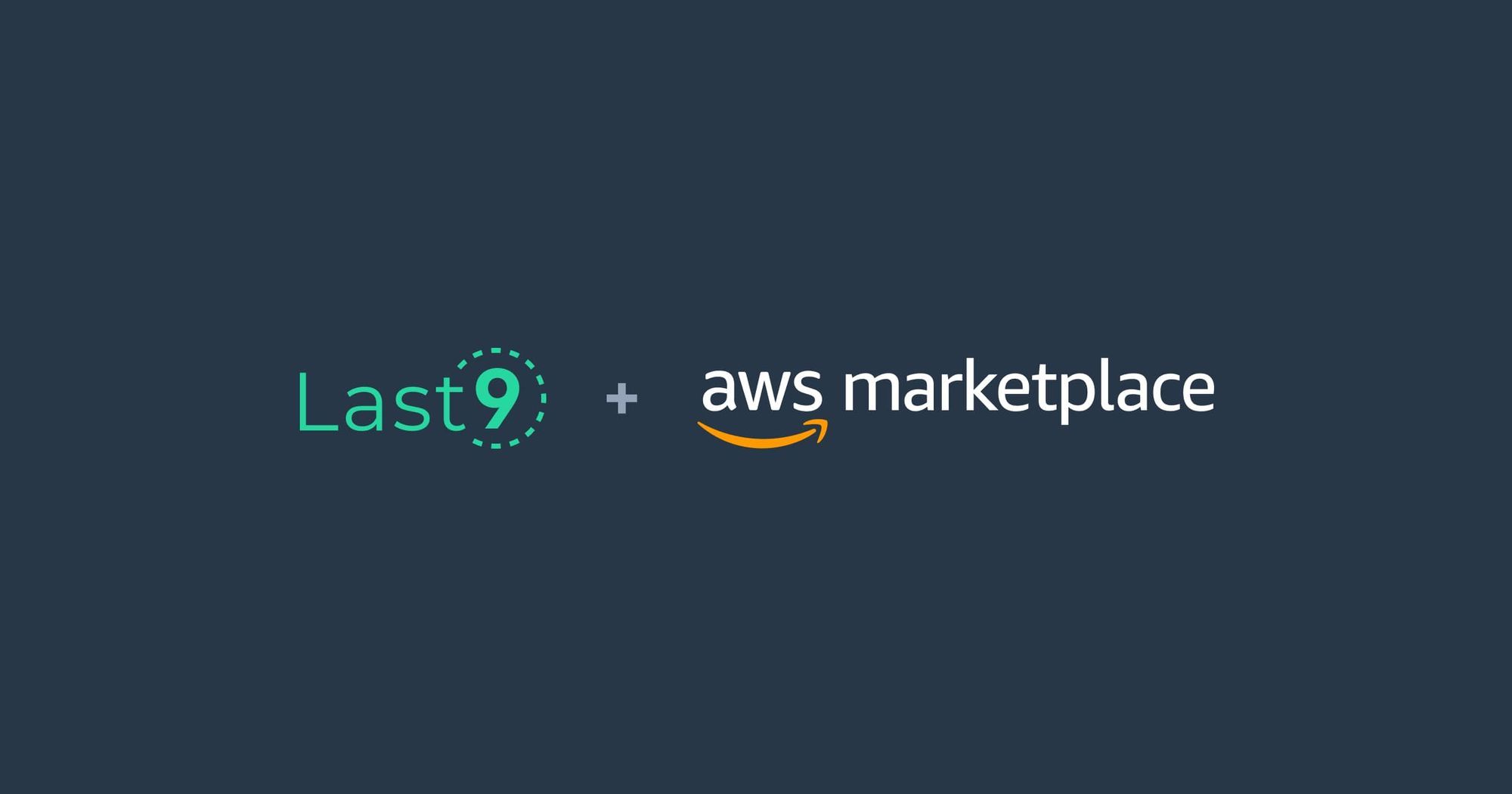 Levitate - Last9’s managed TSDB is now available on the AWS Marketplace
Levitate - Last9’s managed TSDB is now available on the AWS MarketplaceLevitate - Last9's managed Prometheus Compatible TSDB is available on AWS Marketplace
Prathamesh Sonpatki
Aug 29th, ‘23 | 2 min read

Using 'Sharding' to tame High Cardinality data for Levitate - Our Time Series Data Warehouse
Piyush Verma
Aug 14th, ‘23 / 11 min read
 What is High Cardinality
What is High CardinalityOverview of what is high cardinality in the context of monitoring using Prometheus and Grafana
Prathamesh Sonpatki
Jun 14th, ‘23 | 11 min read
 High Cardinality in Cloud Native Environments
High Cardinality in Cloud Native EnvironmentsEverything you want to know about high cardinality in cloud native environments and how to manage it effectively.
Last9
Jun 13th, ‘23 | 7 min read
 How to Manage High Cardinality Metrics in Prometheus
How to Manage High Cardinality Metrics in PrometheusA comprehensive guide on understanding high cardinality Prometheus metrics, proven ways to find high cardinality metrics and manage them.
Last9
Jun 7th, ‘23 | 9 min read

Talk on Golang Concurrency Masterclass by Swati Modi at Gophercon 2023
Last9
Sep 26th, ‘23 / 1 min read
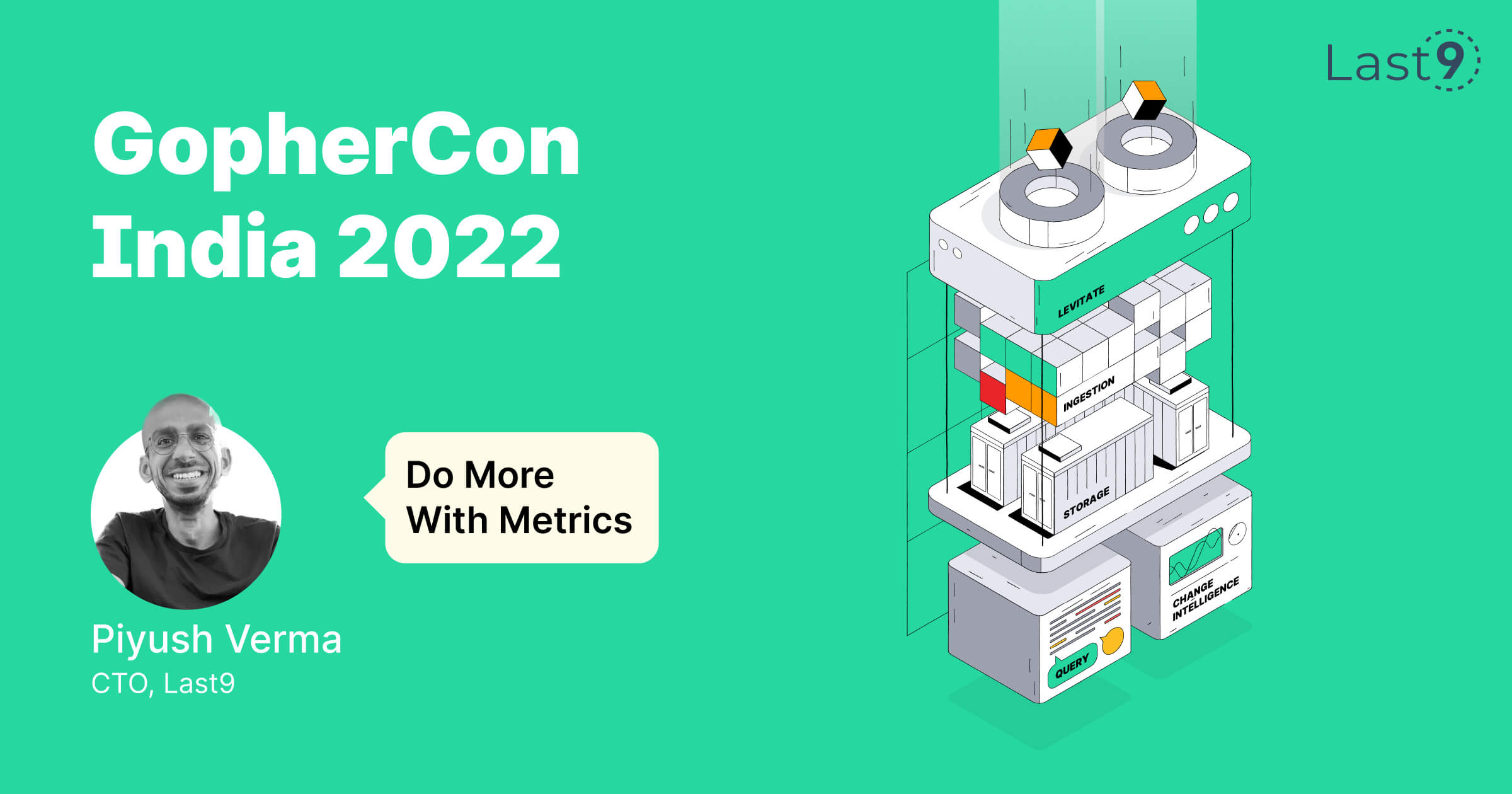 Do more with your metrics by Piyush Verma at GopherConIndia 2022
Do more with your metrics by Piyush Verma at GopherConIndia 2022Piyush Verma's talk at GopherCon India 2022 on Do More with Your Metrics with Last9 and Levitate
Last9
Sep 21st, ‘23 | 1 min read
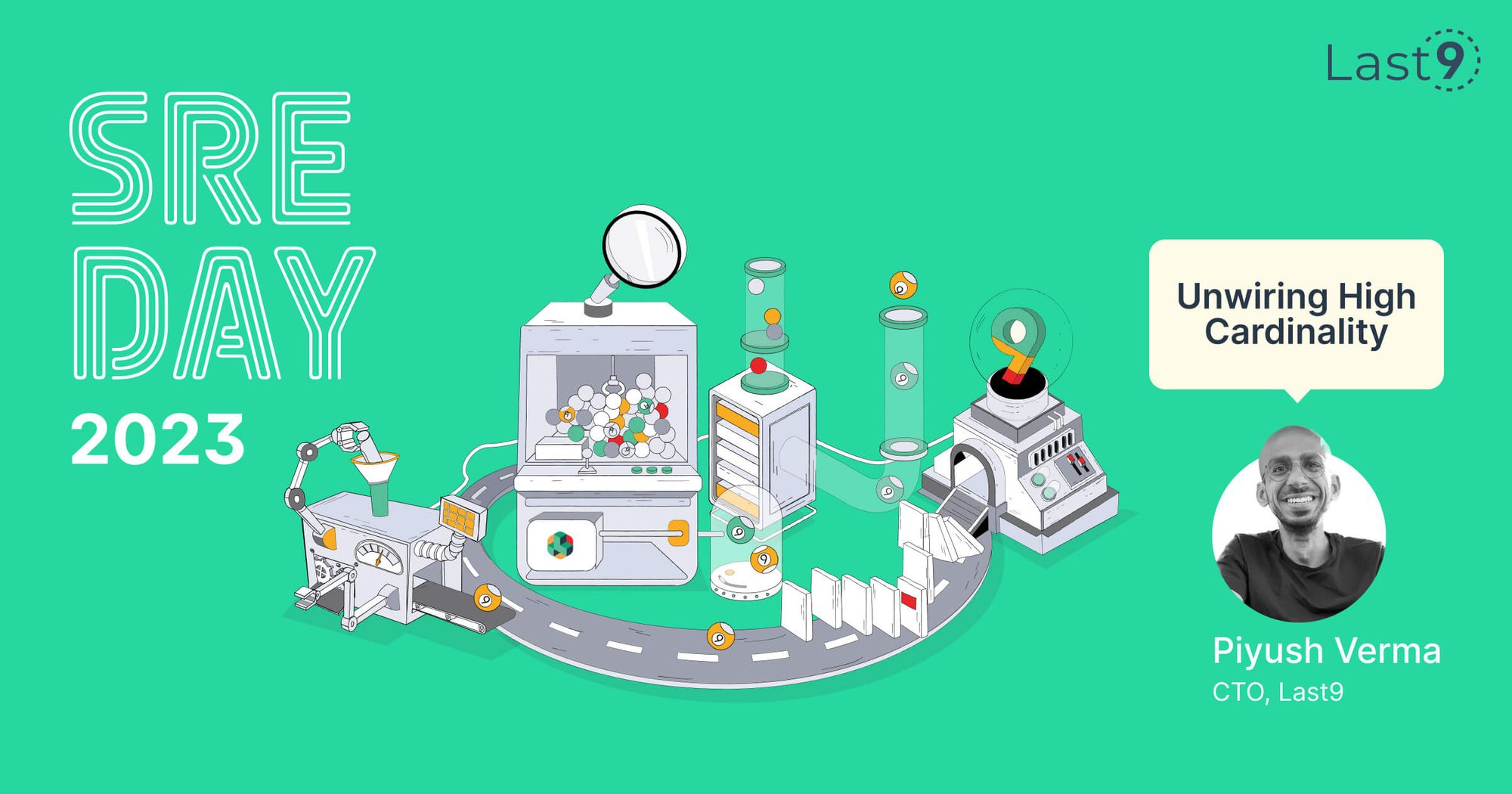 Unwiring High Cardinality - SRE Day 2023
Unwiring High Cardinality - SRE Day 2023Report from SRE Day 2023, where Piyush Verma - CTO Last9, gave a talk on Unwiring High Cardinality
Last9
Sep 17th, ‘23 | 3 min read
 How we tame high cardinality in time series databases
How we tame high cardinality in time series databasesEngineering innovation to solve high cardinality with Levitate - a multi-part series
Piyush VermaSwati Modi
Jul 28th, ‘23 | 4 min read

Chasing shiny new toys, as always ;)
Aniket Rao
Mar 19th, ‘24 / 3 min read
 Software Monitoring — Stuck in the 00s
Software Monitoring — Stuck in the 00sA short history of software monitoring, from the 00s. What has changed? Why are things so arcane?
Piyush Verma
Mar 8th, ‘24 | 4 min read
 A checklist to choose a monitoring system
A checklist to choose a monitoring systemA detailed checklist of points you should consider before choosing a monitoring system
Prathamesh Sonpatki
Feb 20th, ‘24 | 4 min read
 Why your monitoring costs are high
Why your monitoring costs are highIf you want to bring down your monitoring costs, you need to shake up a decision paralysis in engineering
Aniket Rao
Jan 4th, ‘24 | 3 min read